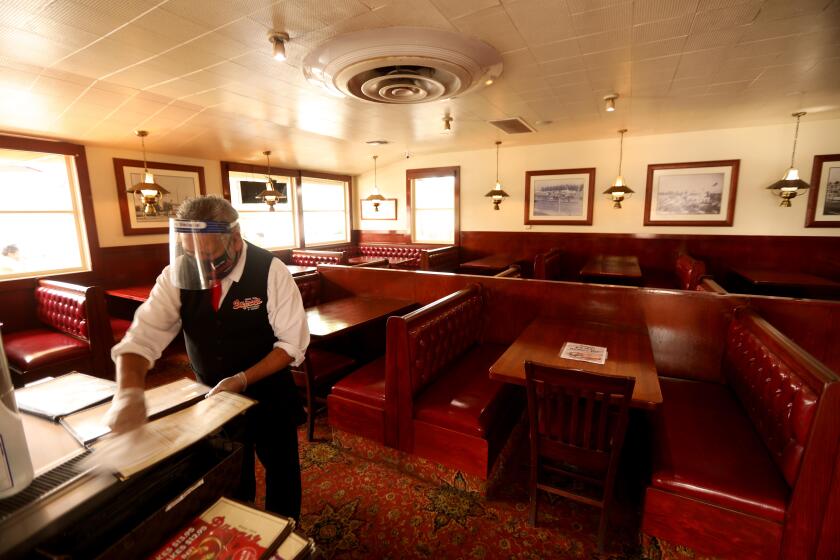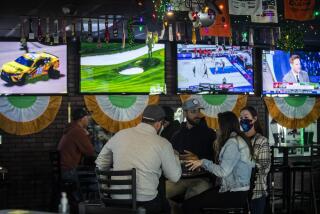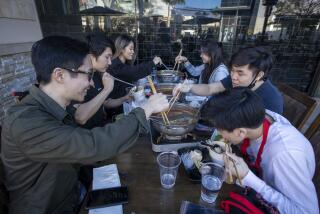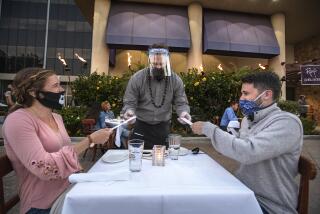What to know as California halts indoor dining, shutters other businesses
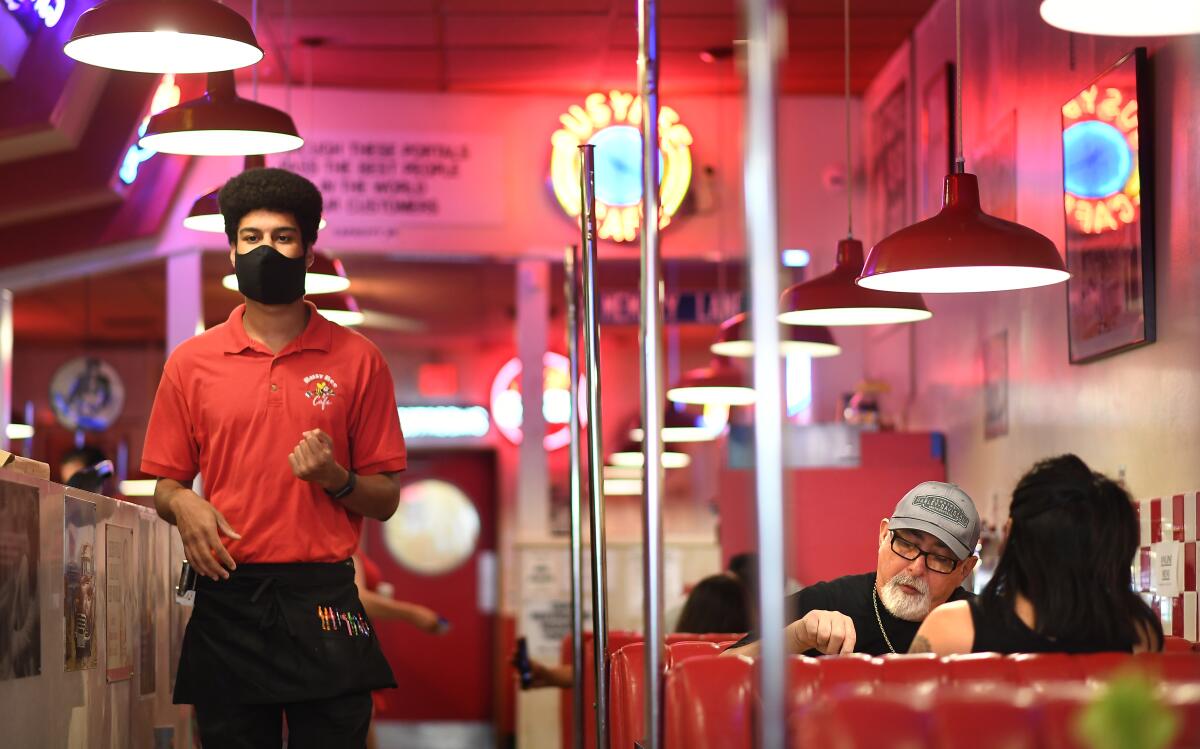
Gov. Gavin Newsom’s decision to roll back more reopenings Wednesday halted indoor service at restaurants and other businesses in Los Angeles and 18 other counties.
The move is an expanded effort to slow the sudden spike in coronavirus cases and comes days after the state ordered bars closed in several counties.
Here is what you need to know about the new order:
What businesses are impacted?
- Indoor dine-in restaurants
- Indoor wineries and tasting rooms
- Indoor family entertainment centers
- Indoor movie theaters
- Indoor zoos and museums
- Indoor card rooms
Gov. Gavin Newsom restricts indoor dining, tasting rooms, entertainment centers, movie theaters, zoos, museums and card rooms in California counties struggling to control the coronavirus.
What counties are covered by the order?
• Contra Costa
• Fresno
• Glenn
• Imperial
• Kern
• Kings
• Los Angeles
• Merced
• Orange
• Riverside
• Sacramento
• San Bernardino
• San Joaquin
• Santa Barbara
• Santa Clara
• Solano
• Stanislaus
• Tulare
• Ventura
Why is the state taking this action?
Newsom told reporters at a news conference Wednesday that the changes were being implemented because of a surge in the number of coronavirus cases and hospitalizations in 19 counties and the need to focus on locations with the greatest risks of spread.
“This doesn’t mean restaurants are shut down,” Newsom said. “It means that we’re trying to take the activities, as many activities as we can — these mixed activities, these concentrated activities — and move them outdoors, which is a way of mitigating the spread of this virus.”
In its justification for the order, state health officials cited several factors in the decision including:
• “The sectors at issue in this document are all high risk of transmission due to a number of features of the businesses and the behaviors that occur within them. These sectors, foundationally, are settings where groups convene and may mix with others for prolonged periods of time without appropriate protective equipment, such as a face covering. For example, it is difficult to consistently wear a face covering in a restaurant. Additionally, physical movement within the establishment, duration of time spent in the establishment and the degree of social mixing among individuals and groups outside one’s household are all significant in these sectors, which substantially elevates the risk of transmission even where face coverings can be worn.”
• “The risk is particularly high in indoor settings. Reinstituting indoor closures among these sectors is not only important because of data from counties on the monitoring list, but because the science of disease transmission and from recent studies have shown that the transmissions is greater in indoor settings due to the release of infectious particles into the air when someone speaks, coughs, sneezes, or sings, which is exacerbated in indoor spaces particularly when lacking appropriate ventilation. Furthermore, in some of these sectors centered on eating and drinking, compliance with face coverings is not possible for the full duration of time someone spends in these establishments. Additionally, the workforce of these sectors face higher exposure to diseases transmission because of the environment in which they work.”
• “Alcohol consumption slows brain activity, reduces inhibition, and impairs judgment, factors which contribute to reduced compliance with recommended core personal protective measures, such as the mandatory use of face coverings and maintaining six feet of distance from people outside of one’s own household, making outdoor operations for brewpubs, breweries, bars, and pubs challenging, further creating opportunities for virus transmission and thus need for closure. Additionally, there is a growing body of evidence tracing large COVID-19 outbreaks in both urban and rural states, to indoor and outdoor operations of bars.”
More to Read
Sign up for Essential California
The most important California stories and recommendations in your inbox every morning.
You may occasionally receive promotional content from the Los Angeles Times.
